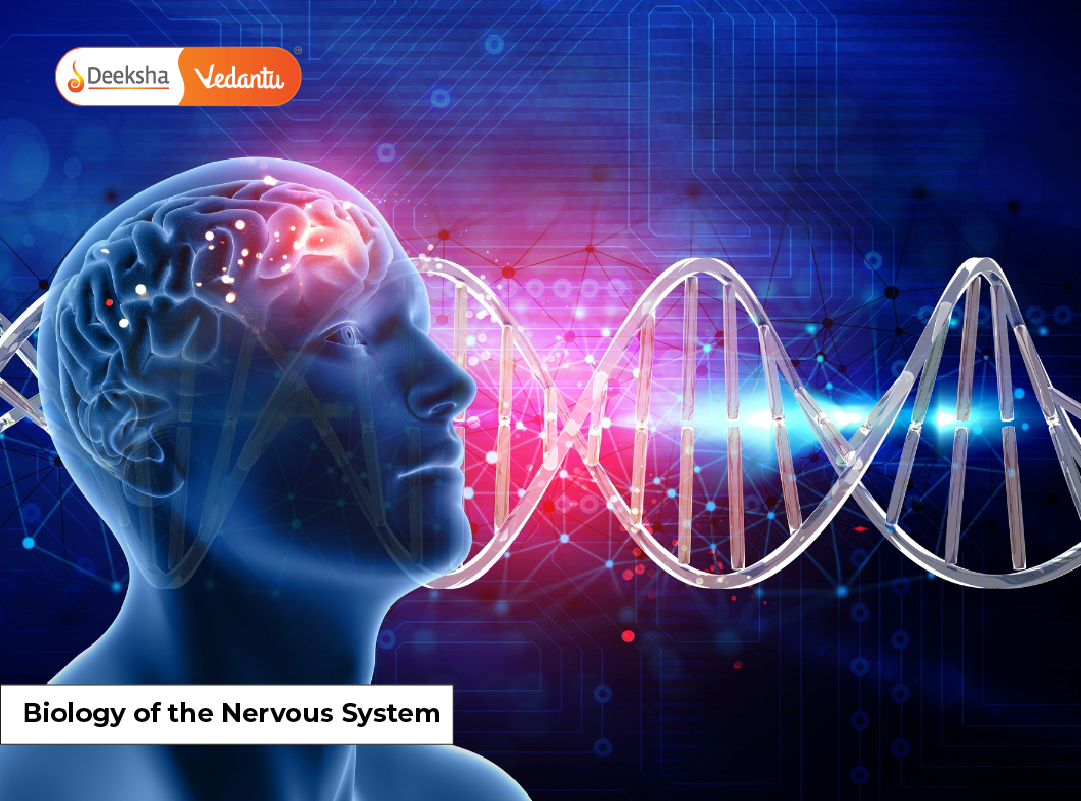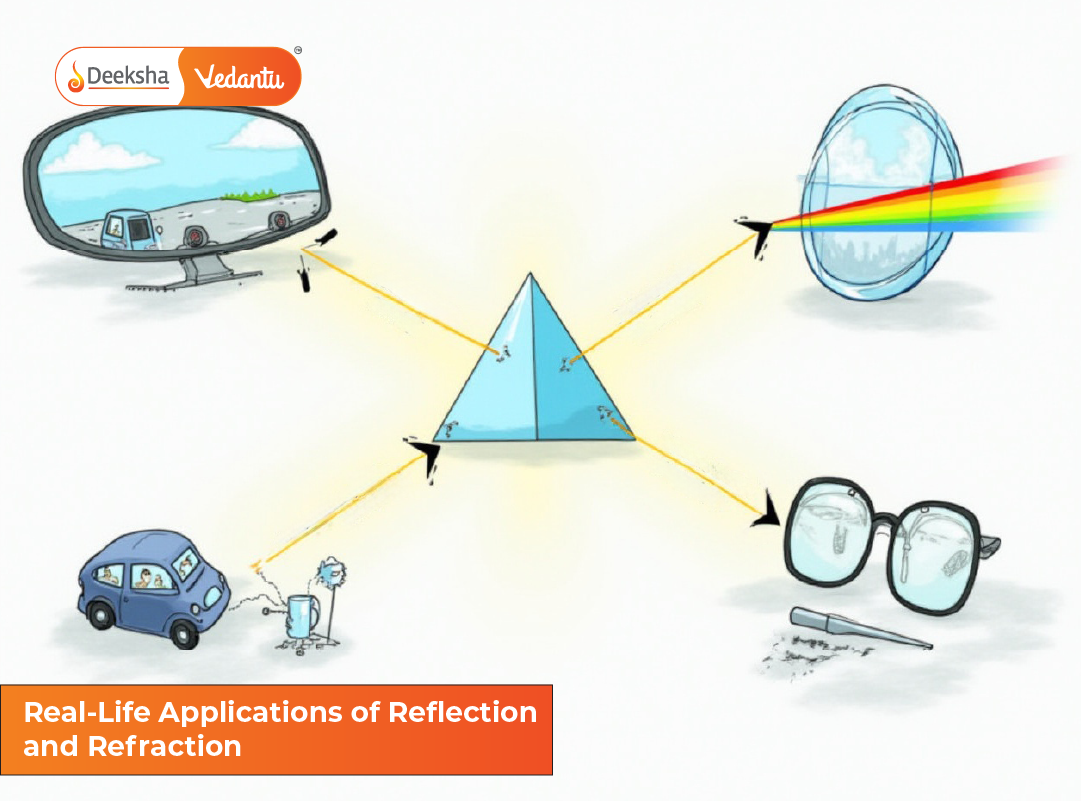Introduction
Reproductive Health is one of the most conceptually straightforward and high-yield chapters in NEET 2025 Biology. It belongs to the Class 12 NCERT syllabus and often contributes two to three direct questions in the NEET exam. Despite being a short chapter, it covers important real-world topics like contraception, sexually transmitted diseases (STDs), infertility, and assisted reproductive technologies (ARTs).
This chapter is heavily diagram-oriented, with many questions based on labeling or identification. Mastering the NCERT diagrams and terminology can help students earn easy marks. In this blog, we will explore the most important diagrams, concepts, and preparation strategies that can help you confidently score well in this chapter.
Check out our NEET Residential Coaching option for focused preparation.
What is Reproductive Health?
Reproductive health refers to the well-being of an individual’s reproductive system, including physical, emotional, and social aspects. According to the World Health Organization (WHO), reproductive health means a complete state of physical, mental, and social well-being in all matters relating to the reproductive system.
In the NEET syllabus, this chapter focuses on various aspects such as reproductive education, contraceptive methods, control of population growth, diagnosis and prevention of STDs, and infertility management. It connects directly with topics from the Human Reproduction chapter and has practical significance in daily life.
Key Concepts to Focus On
Population Explosion and Birth Control
India is one of the most populated countries in the world. With population growth comes pressure on resources, public health, and education. The NEET syllabus includes the reasons for population explosion and government initiatives to control it.
Causes of population explosion:
- Decline in death rate and infant mortality rate
- Increase in life expectancy
- Lack of awareness about contraception
Contraceptive methods:
- Natural methods: Avoiding intercourse during ovulation period, withdrawal method
- Barrier methods: Use of condoms, diaphragms, and cervical caps
- Intrauterine Devices (IUDs): Copper-T, Multiload 375, Lippes Loop
- Oral contraceptive pills: Saheli, Mala-D
- Surgical methods: Vasectomy (males), Tubectomy (females)
These methods are usually matched in NEET papers with their respective modes of action, target gender, or advantages.
Benefits of contraceptives:
- Control of unwanted pregnancies
- Prevention of STDs (especially barrier methods)
- Birth spacing
Limitations:
- Side effects of hormonal pills
- Incomplete protection against infections for some methods
Sexually Transmitted Diseases (STDs)
STDs are infections transmitted through sexual contact. This part of the chapter is fact-heavy, and NEET often tests definitions, symptoms, and modes of transmission.
Common STDs:
- HIV/AIDS: Caused by Human Immunodeficiency Virus; affects the immune system
- Gonorrhea: Caused by Neisseria gonorrhoeae; causes pus discharge and inflammation
- Syphilis: Caused by Treponema pallidum; begins with sores and may lead to severe complications
- Genital warts and herpes: Caused by viruses; often asymptomatic or result in ulcers
Modes of transmission:
- Unprotected sexual intercourse
- Sharing needles and syringes
- Blood transfusion with infected blood
- From mother to child during pregnancy or breastfeeding
Prevention of STDs:
- Use of condoms
- Monogamous relationships
- Regular medical checkups
- Avoiding sharing of needles
NEET may ask direct one-liners like “Which of the following STDs is not caused by a bacterium?” or assertion-reason based on HIV’s impact on the immune system.
Explore Deeksha Vedantu Long Term NEET Coaching to boost your NEET Scores today.
Infertility and Assisted Reproductive Technologies (ARTs)
Infertility is the inability to conceive even after one year of unprotected intercourse. NEET includes the causes and treatments for both male and female infertility.
Causes of infertility:
- Hormonal imbalance
- Infections in reproductive tract
- Physical defects in reproductive organs
- Lifestyle factors like smoking, alcohol, and stress
Assisted Reproductive Technologies:
- IVF (In Vitro Fertilization): Fertilization outside the body, followed by embryo transfer
- ICSI (Intra Cytoplasmic Sperm Injection): Sperm is directly injected into the egg
- GIFT (Gamete Intra Fallopian Transfer): Transfer of gametes into fallopian tube
- ZIFT (Zygote Intra Fallopian Transfer): Zygote formed in vitro is transferred to fallopian tube
Each method has a unique application depending on the nature of infertility. NEET may ask to match procedures with their definitions or uses.
Important Diagrams to Practice for NEET
This chapter has several important diagrams and illustrations. NEET sometimes includes visual-based questions or asks about labeled parts from NCERT diagrams.
Key diagrams include:
- Male and female reproductive systems: Clearly label testis, epididymis, uterus, ovaries
- IUD placement and types: Especially Copper-T and Multiload
- Condom and diaphragm structure: External and internal barrier devices
- IVF procedure and test-tube baby concept: Sequential steps from fertilization to embryo transfer
- Menstrual cycle stages: Ovulation timing and hormonal regulation
- Comparison chart of contraceptive methods: Including type, mechanism, and effectiveness
Practice these diagrams multiple times, not just by viewing but by sketching and labeling from memory.
High-Scoring NEET Areas in Reproductive Health
Despite being a short chapter, some parts have a very high conversion rate in NEET:
- Match the column questions for contraceptive types and uses
- Assertion-reason questions based on STDs, particularly HIV/AIDS
- Questions involving population control and side effects of methods
- Identification of diagrams (e.g., IUD or test-tube baby illustration)
Flashcards and summary tables are helpful tools to retain this information quickly during the last-minute revision phase.
How to Study Reproductive Health Effectively
Follow this approach:
- Read NCERT line by line. This chapter is fully covered in a single reading session.
- Highlight terms like names of contraceptives, pathogens, diseases, and procedures.
- After reading, revise the diagrams and flowcharts using a whiteboard or drawing book.
- Solve MCQs from NEET previous year papers focused on this chapter.
- Use flashcards to remember steps in IVF, classification of contraceptives, and disease names.
Tips:
- Keep a one-page summary with tables and diagrams pinned near your study space.
- Practice at least 30 questions after reading the chapter to test memory and understanding.
Common Mistakes to Avoid
- Mixing up contraceptive types: Students often confuse IUDs with hormonal pills.
- Forgetting differences between ARTs: GIFT and ZIFT are frequently swapped.
- Neglecting diagrams: Visual questions are common in NEET now.
- Memorizing without understanding: Especially mechanisms of AIDS or infertility treatments.
Review your mistakes and revise these topics regularly to avoid falling for trap questions.
FAQs
How many questions are usually asked from Reproductive Health?
Typically, NEET includes 2–3 direct questions from this chapter, especially from contraceptive methods and STDs.
Are diagrams frequently asked in this chapter?
Yes. Diagrams of reproductive systems, contraceptives, and ART procedures are frequently tested, especially for labeling or identification.
Is it enough to study only NCERT for Reproductive Health?
Yes. NCERT covers everything you need. Supplement only with MCQs and diagrams. Avoid reference books unless you’ve completed multiple revisions of NCERT.
What’s the best way to remember contraceptive methods?
Create a chart with method name, type (natural, barrier, hormonal), and side effects. Use mnemonics or color-coded notes to aid recall.
Conclusion
Reproductive Health is a short yet important chapter in NEET Biology. Its real-world relevance, diagram-based learning, and factual nature make it one of the easiest chapters to score full marks in. By mastering contraceptive methods, understanding STDs, and familiarizing yourself with ARTs and related diagrams, you can convert this into a scoring area.
All you need is a strategic approach to study and regular practice.
How Deeksha Vedantu Helps You Prepare with Precision
At Deeksha Vedantu, we focus on building conceptual clarity through:
- Visual-based learning modules
- NCERT-aligned notes and mock tests
- Daily practice questions and error tracking
- Weekly chapter-wise assessments and targeted revisions
With the right tools and mentorship, our students consistently master Reproductive Health and score high in NEET Biology.
Table of Contents















Get Social